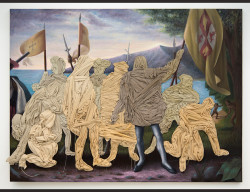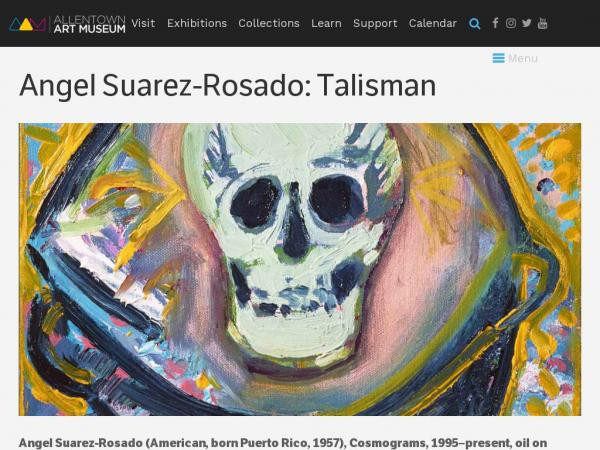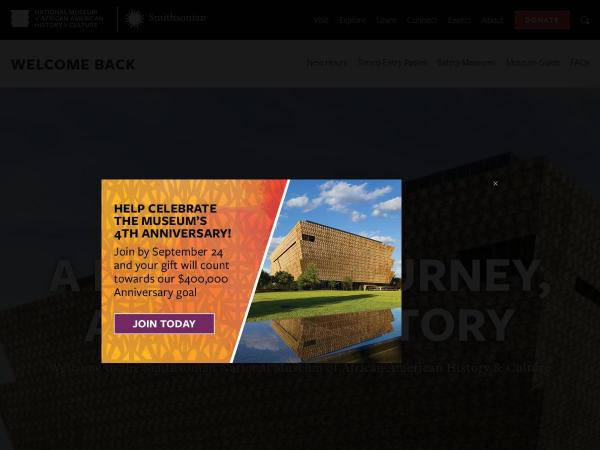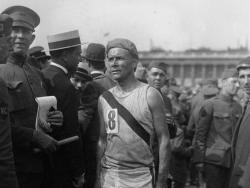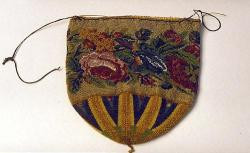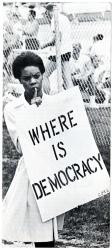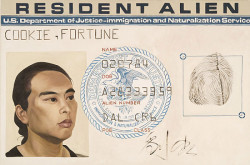Philippa Rappoport
I work in education and engagement, teacher professional development, and outreach at the Smithsonian Office of Educational Technology (OET), and have a particular interest in developing and producing trainings, programs, teaching techniques, and platforms that foster deep learning and contribute knowledge to improve practices in museum and preK-16 education and engagement. At OET over the last decade+, I created digital assets for schools, families, and new immigrant English Language learners to complement teacher professional development and pan-Smithsonian programming, including Learning Lab teaching collections, YouTube videos with tradition bearers, a handmade family stories book-making website, and online heritage tours.
Philippa Rappoport's collections
Social Justice in the Time of Pandemic: Smithsonian-Montgomery College Faculty Fellowship 2022 Opening Panel Resources
 Philippa Rappoport
Philippa Rappoport
Artist and Archivist: The Papers and Legacy of Angel Suarez Rosado
 Philippa Rappoport
Philippa Rappoport
Carnival Celebrations: Masks (Lesson Plans, Activities, and Background Information)
 Philippa Rappoport
Philippa Rappoport
"Hyphenated Americans": When “Bricklayer Bill” Won the 1917 Boston Marathon, It Was a Victory For All Irish Americans
 Philippa Rappoport
Philippa Rappoport
Close Looking at Edward Reep's "Italian Shrine," and the Nazi Occupation of Bologna, Italy, during WWII
 Philippa Rappoport
Philippa Rappoport
Origami Animals: Demonstration Videos and Background Information
 Philippa Rappoport
Philippa Rappoport
The William Steinway Diary, 1861-1896: A Unique Perspective on post-Civil War New York
 Philippa Rappoport
Philippa Rappoport
Women's History Month Family Festival
 Philippa Rappoport
Philippa Rappoport
6 Jewish American objects for Jewish American Heritage Month
 Philippa Rappoport
Philippa Rappoport
The Social Power of Music
 Philippa Rappoport
Philippa Rappoport
The Democratization of Portraiture: Prints and Drawings of all the People by the People
 Philippa Rappoport
Philippa Rappoport
African American History Month Family Festival: Interviews, Performances, Highlights
 Philippa Rappoport
Philippa Rappoport

